Fitness Trackers
The latest Fitness Trackers breaking news, comment, reviews and features from the experts at T3
-
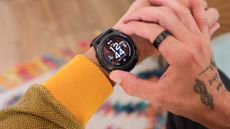
Garmin’s next era starts in 2026 and the clues are hiding in plain sight
After pushing boundaries with MicroLED watches and a wave of new launches, Garmin now needs to deal with its AI questions, app drama and shifting user expectations
By Matt Kollat Published
-
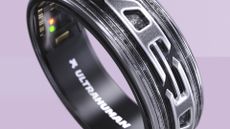
Smart rings have just got edgier thanks to Diesel and Ultrahuman’s unexpected team-up
Ultrahuman and Diesel's collaboration lands with surprising intent
By Matt Kollat Published
-
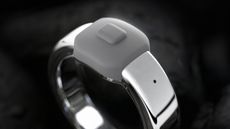
Pebble's Index 01 is the anti-smart ring that only does one job and people will love it
A tiny stainless steel ring with a button and microphone might be the most unusual wearable Pebble has ever made
By Matt Kollat Published
-
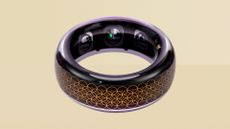
Vertu Meta Ring arrives with a twist no other smart ring offers – and it doesn’t need a subscription
The luxury brand's new smart ring combines premium design with always-on wellness support
By Matt Kollat Published
-
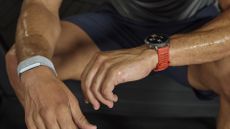
Whoop-rival fitness wearable is finally worth taking seriously thanks to a major new software update
The December update gives Amazfit's Helio Strap a serious upgrade
By Matt Kollat Published
-
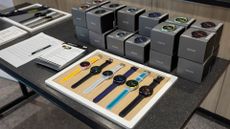
I was at Garmin's Kansas HQ when they launched this watch earlier this year, and now it's cheaper for Cyber Monday
The Forerunner 570 receives its first price cut
By Matt Kollat Published
-
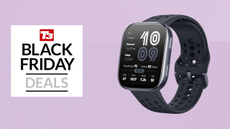
I test fitness trackers – and my favourite affordable tracker just became a steal in the Cyber Monday sale
The Amazfit Bip 6 has Garmin-style features but is less than half the price, and this deal just made it even better
By Bryony Firth-Bernard Published
-
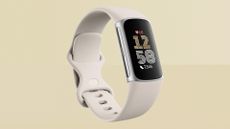
Fitbit's fan-favourite fitness tracker slides to its lowest ever price in Black Friday’s big rush
Charge 6 is selling for only £88
By Matt Kollat Published
-
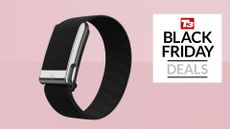
Whoop’s most powerful wearable which tracks blood pressure and ECG has crashed to its lowest price
Whoop on your wish list? Now's the time to buy one
By Bryony Firth-Bernard Published
-
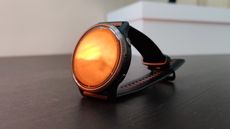
The wearable that changed my mind about Garmin smartwatches has shed £200 of its asking price
The Venu 2 is a superb fitness watch, and now it only costs £149
By Matt Kollat Published
-
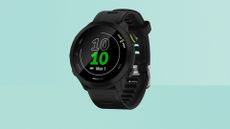
I don't understand how this £120 Garmin watch deal hasn't sold out yet
The Forerunner 55 is at an all-time low price and is 'selling fast' – how's it not sold out yet?!
By Matt Kollat Published
-
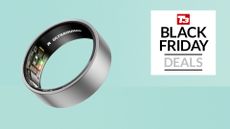
The lightest smartest ring ever that requires no subscription fee has had a tempting price cut for Black Friday
Grab the Ultrahuman Ring Air for £100 off
By Bryony Firth-Bernard Published
-

Oura’s smart ring with ‘smart sensing technology’ has fallen to its cheapest price in multiple colourways
The Oura Ring 4 has an even more advanced algorithm for better accuracy, and it’s less than £250
By Bryony Firth-Bernard Published
-
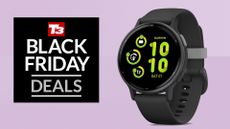
The Vivoactive 5 is one of Garmin’s best value fitness trackers – and it’s less than £150 at Amazon
It’s packed with a ton of fitness features and currently at its lowest-ever price
By Bryony Firth-Bernard Published
-

Currys has a massive Black Friday Garmin sale – and you can save up to £220 on the latest Fenix
The electrical retailer has over 50 Garmin watches in its Black Friday sale
By Matt Kollat Last updated
-
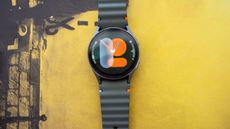
Samsung’s Galaxy Watch7 is almost half price off for Black Friday – the cheapest I've ever seen it
Save up to 45% on Samsung’s AI-powered smartwatch in the US and £180 off the RRP in the UK
By Lee Bell Published
-
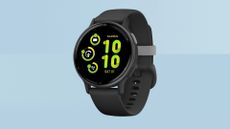
This Garmin fitness watch undercuts Apple and Samsung for battery life – and it’s almost half price for Black Friday
The Vivoactive 5 has a massive 43% off - the biggest discount Amazon currently has on any Garmin watch
By Lee Bell Published
-
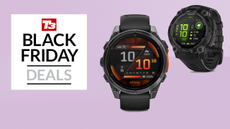
H Samuel has launched their Black Friday Garmin sale with savings up to £370
There's big savings to be had on Fenix models, Instincts, and more!
By Bryony Firth-Bernard Published
-
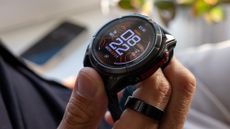
Something big may be brewing inside Garmin and it could reshape the brand's 2026 lineup
New patent hints at an AMOLED and solar fusion that once seemed impossible
By Matt Kollat Published
-
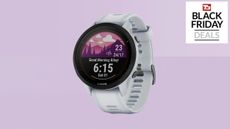
I found some amazing Black Friday Garmin deals hiding in the most unlikely place
Boots' Black Friday sale hides some brill Garmin deals
By Matt Kollat Published
-

Amazon knocks three best-selling Fitbits to their cheapest ever prices for Black Friday
You can pick up two of them for less than £100
By Bryony Firth-Bernard Published
-
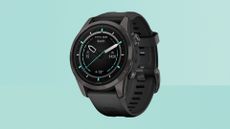
This AMOLED Garmin adventure watch has a massive £470 off for Black Friday
The Garmin Epix Pro (Gen 2) Sapphire is down to just £399 at Black's - the lowest I’ve ever seen it
By Lee Bell Published
-
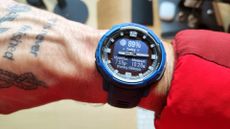
A major new Garmin software update breathes fresh life into its much-loved outdoor smartwatch range
The latest rollout brings dozens of improvements, new health features and welcome battery optimisations to the Instinct family
By Matt Kollat Published
-
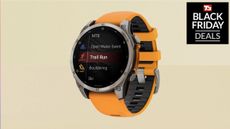
I thought the best Garmin outdoor watch had already hit its lowest Black Friday price – I was wrong
Fenix 8 AMOLED is selling for cheaper than a few days ago
By Matt Kollat Published
-
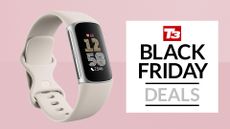
The best Fitbit for tracking your health and heart rate has over 38% knocked off for Black Friday
It's the cheapest price it's ever been
By Bryony Firth-Bernard Published
-
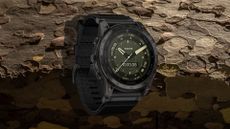
Best cheap Garmin deals for December 2025
The best cheap Garmin deals, from watches to fitness trackers, for every budget and sport
By Matt Kollat Last updated
-

The smart ring that detects sleep apnea has fallen to its lowest price for Black Friday
Deals It’s one of the slimmest, lightest smart rings on the market, and now it’s available at its lowest price yet
By Bryony Firth-Bernard Published
Deals -

Oura's smart ring that everyone wants right now gets a huge £150 Black Friday price cut
Oura Ring 4 can be yours for as little as £250
By Matt Kollat Published
-

Garmin Fenix 8-level features for 75% less? This Black Friday outdoor watch deal is ridiculous
Amazfit's T-Rex Ultra is a smidge over £200
By Matt Kollat Published
